Research on the Integration of System and Emotion Management in Enterprise Management in the Era of Artificial Intelligence
DOI: 10.23977/acccm.2024.060103 | Downloads: 35 | Views: 1208
Author(s)
Ziyu Cai 1, Xianfa Yang 1, Changjiang Yu 1
Affiliation(s)
1 Law and Business School, Shangrao Normal University, Shangrao, Jiangxi, China
Corresponding Author
Changjiang YuABSTRACT
With the rapid growth of AI technology, in the field of enterprise management, especially in the era of information technology, the efficiency of human beings in information transmission and processing continues to improve. However, due to the defects of traditional thinking mode such as self-isolation to a certain extent, and the influence of emotional factors on human nature cognition, this article needs to use intelligent, automated and information means to improve the manual operation mode, and apply Artificial Intelligence(AI) technology to enterprise management, integrate system and emotion, and design management models. After that, the running effect of the model is tested. The test results show that the quality control defect rate can be controlled within 2%; satisfaction with humanistic care is up to 94%, and satisfaction with emotional value is up to 96%. This shows that the service quality combining system and emotion has been correspondingly improved.
KEYWORDS
Artificial Intelligence, Enterprise Management, Emotion Management, Enterprise SystemCITE THIS PAPER
Ziyu Cai, Xianfa Yang, Changjiang Yu, Research on the Integration of System and Emotion Management in Enterprise Management in the Era of Artificial Intelligence. Accounting and Corporate Management (2024) Vol. 6: 17-25. DOI: http://dx.doi.org/10.23977/acccm.2024.060103.
REFERENCES
[1] Vladimir Tsyganov. Socio-political stability, voter's emotional expectations, and information management. AI Soc. 38(1): 269-281 (2023).
[2] Jorge Fernández Herrero, Francisco Gomez-Donoso, Rosabel Roig-Vila. The first steps for adapting an artificial intelligence emotion expression recognition software for emotional management in the educational context. Br. J. Educ. Technol. 54(6): 1939-1963 (2023).
[3] José Arias-Pérez, Joaquín Alegre, Cristina Villar. Triggering Open Innovation Processes Through Organizational Emotional Capability and Rival's Absorptive Capacity Orientation. IEEE Trans. Engineering Management 69(2): 388-398 (2022).
[4] Zahra Sarhadi, Mojtaba Kaffashan Kakhki, Hassan Behzadi. Productivity story of Iranian librarians: assessing the impact of knowledge management and emotional intelligence. Electron. Libr. 39(6): 846-864 (2021).
[5] Satyanarayana Parayitam, Syed Aktharsha Usman, Rajeshwaran Raja Namasivaayam, Mohamed Shaik Naina. Knowledge management and emotional exhaustion as moderators in the relationship between role conflict and organizational performance: evidence from India. J. Knowl. Manag. 25(6): 1456-1485 (2021).
[6] Yong Liao, Rui Kong. Complexity Analysis of Internet of Things RFID in the Management of Fast-Fashion Apparel Enterprises. IEEE Consumer Electron. Mag. 12(2): 35-40 (2023).
[7] Faizan Ahmed Khan, Farooq Ahmad, Arfat Ahmad Khan, Chitapong Wechtaisong. Process Discovery and Refinement of an Enterprise Management System. Comput. Syst. Sci. Eng. 44(3): 2019-2032 (2023).
[8] Jannis Beese, Stephan Aier, Kazem Haki, Robert Winter. The impact of enterprise architecture management on information systems architecture complexity. Eur. J. Inf. Syst. 32(6): 1070-1090 (2023).
[9] Raphael David Schilling, Kazem Haki, Jannis Beese, Martin Kraus, Stephan Aier, Robert Winter. Strategic alignment of enterprise architecture management - how portfolios of control mechanisms track a decade of enterprise transformation at Commerzbank. Eur. J. Inf. Syst. 32(1): 92-105 (2023).
[10] Islam O. Sulumov, Zulay K. Tavbulatova, Gulnaz F. Galieva, Gayane A. Kochyan, Anzaur A. Bzhasso. Human resource management at the enterprise during the growth of new forms of employment. Int. J. Appl. Decis. Sci. 16(3): 300-312 (2023).
[11] Guomeng Zhao. An enterprise logistics cost management method under the trend of Industry 4.0. Int. J. Manuf. Technol. Manag. 37(2): 199-210 (2023).
[12] Ling Zhu. Research on enterprise financial crisis early warning management based on PLS-BP. Int. J. Wirel. Mob. Comput. 24(2): 195-202 (2023).
[13] Fengyi Ai, Lihong Zhang. Incentive mechanism system of the management of IC design enterprises. J. Ambient Intell. Humaniz. Comput. 14(3): 1311-1322 (2023).
[14] Yu Fu, Xiaoxi Sun, Weiwei Wang. The Optimization of Global Organizational Communication for Enterprise Supply Organization Management by Using Big Data Text Mining. J. Glob. Inf. Manag. 31(3): 1-17 (2023).
[15] Ozlem Bak, Sarah Shaw, Claudia Colicchia, Vikas Kumar. A Systematic Literature Review of Supply Chain Resilience in Small-Medium Enterprises (SMEs): A Call for Further Research. IEEE Trans. Engineering Management 70(1): 328-341 (2023).
[16] Marc Cowling, Weixi Liu. Access to Finance for Cleantech Innovation and Investment: Evidence from U.K. Small- and Medium-Sized Enterprises. IEEE Trans. Engineering Management 70(3): 963-978 (2023).
[17] Usman Ahmed, Jerry Chun-Wei Lin, Gautam Srivastava, Unil Yun. Enhancing Stock Portfolios for Enterprise Management and Investment in Energy Industry. IEEE Trans. Ind. Informatics 19(6): 7667-7675 (2023).
[18] Sushil Kumar Singh, Jong Hyuk Park. TaLWaR: Blockchain-Based Trust Management Scheme for Smart Enterprises With Augmented Intelligence. IEEE Trans. Ind. Informatics 19(1): 626-634 (2023).
[19] Kaiyang Sun. Analysis of production and organisational management efficiency of Chinese family intelligent manufacturing enterprises based on IoT and machine learning technology. Enterp. Inf. Syst. 16(2): 208-222 (2022).
[20] Emmanuel Ramaru, Lalit Garg, Chinmay Chakraborty. A Hybrid Cloud Enterprise Strategic Management System. Int. J. Cloud Appl. Comput. 12(1): 1-18 (2022).
| Downloads: | 38062 |
|---|---|
| Visits: | 646276 |
Sponsors, Associates, and Links
-
Information Systems and Economics

-
Accounting, Auditing and Finance

-
Industrial Engineering and Innovation Management
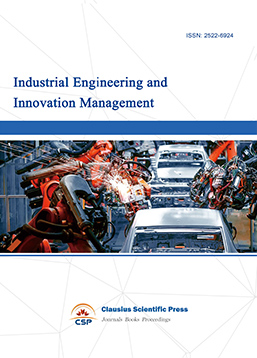
-
Tourism Management and Technology Economy

-
Journal of Computational and Financial Econometrics

-
Financial Engineering and Risk Management

-
Social Security and Administration Management

-
Population, Resources & Environmental Economics

-
Statistics & Quantitative Economics

-
Agricultural & Forestry Economics and Management
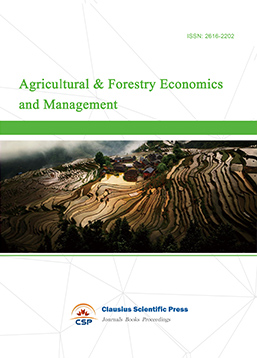
-
Social Medicine and Health Management
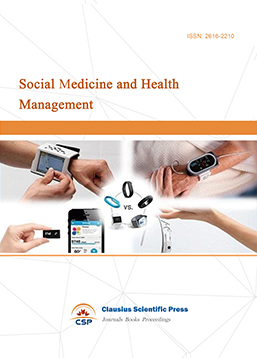
-
Land Resource Management
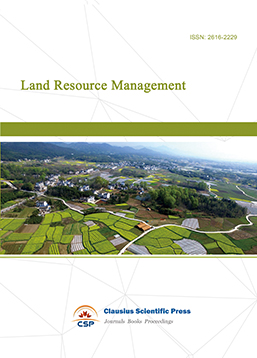
-
Information, Library and Archival Science

-
Journal of Human Resource Development

-
Manufacturing and Service Operations Management
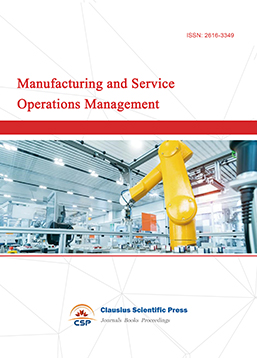
-
Operational Research and Cybernetics


 Download as PDF
Download as PDF